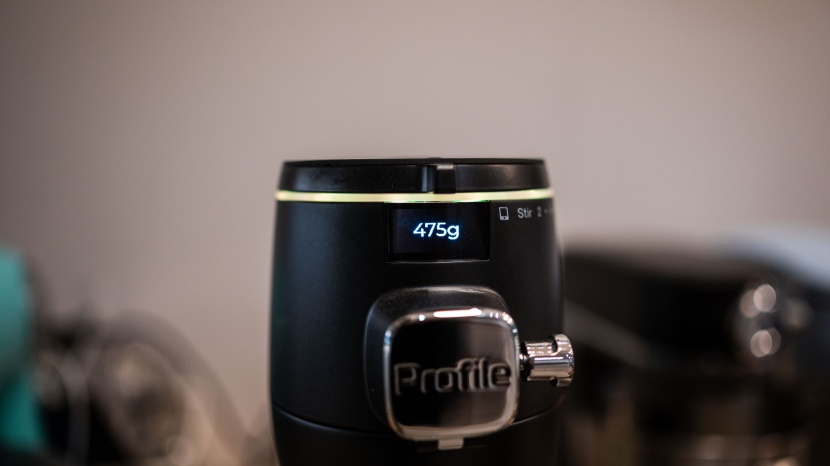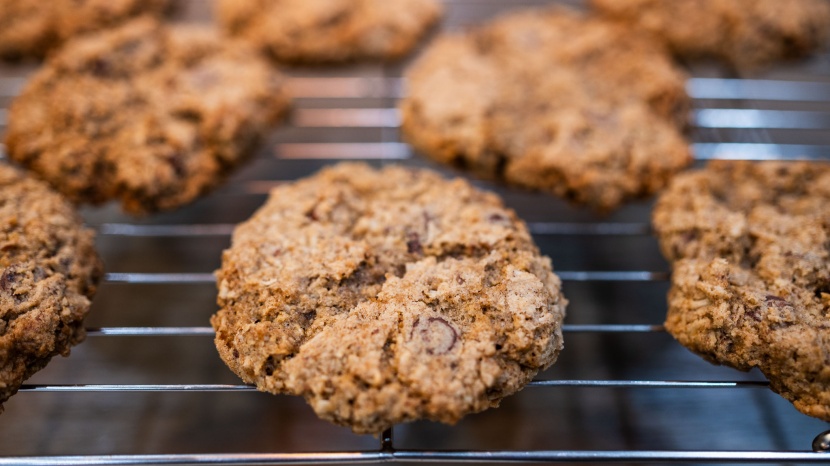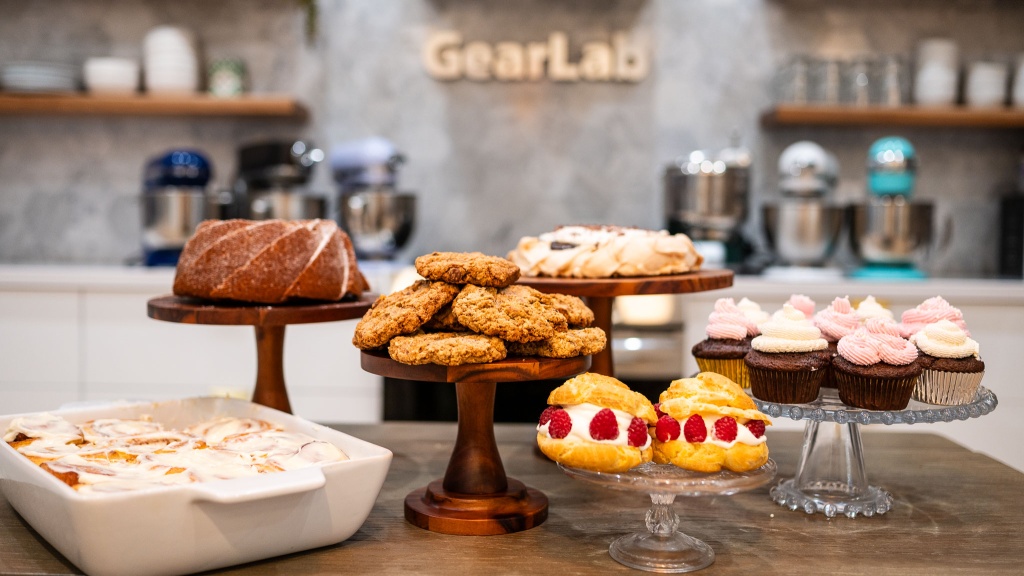Each mixer goes through multiple rounds of testing to ensure consistent results. We begin with basic operations like whipping cream and progress to more demanding tasks like kneading dense dough. Throughout testing, we maintain detailed notes on performance, recording times, observations, and any unusual behavior.
Real-world usability factors that might not be apparent from specifications alone receive particular attention in our testing. We evaluate practical considerations like single-handed bowl attachment and smooth speed adjustments that won't disturb ingredients. These details are often the difference between a mixer that's a joy to use and one that becomes frustrating over time.
Temperature monitoring during extended kneading sessions helps us identify motors that might struggle with heavy-duty tasks. Using an infrared thermometer, we track motor housing temperature during our 20-minute whole wheat bread kneading test, noting any concerning heat buildup that could indicate potential longevity issues.
For each test, we use standardized recipes and ingredients at consistent temperatures to ensure fair comparisons. Measurements are precise — we use digital scales for ingredients and calibrated thermometers for temperature monitoring. This attention to detail allows us to make meaningful comparisons between models and provide reliable recommendations.
Ease of Use
Using a stand mixer is ten times easier than using your hands to whisk and knead while baking. But, if you're going to throw down a lot of money for a stand mixer, it should be easy to use. That's why we weigh this metric most heavily in our scoring.
Our evaluation begins with the overall design and interface, which accounts for half of the ease-of-use score. We assess how smoothly the tilt-head or bowl-lift mechanism operates and how easily accessible the controls are during use. The security of attachment connections proves particularly important, as loose-fitting attachments can lead to inconsistent mixing and unnecessary wear.
Bowl design contributes significantly to user experience, accounting for 30% of the ease-of-use score. We evaluate how comfortable and secure the handle feels when maneuvering a full bowl, as well as how easily the bowl attaches and removes from the base. The best designs allow for one-handed operation while maintaining stability during mixing.
The final 20% of our ease-of-use evaluation focuses on cleaning. We assess which components are dishwasher-safe and how accessible all surfaces are for cleaning. Some models feature smooth surfaces that clean easily, while others have nooks and crannies that can trap ingredients and require more detailed attention.
Whipping
The ability to incorporate air and create light, fluffy textures is essential for any stand mixer. To evaluate whipping capabilities, we conduct two specific tests.
Our primary whipped cream test uses precisely one cup of cold heavy cream. We time how long each mixer takes to achieve stiff peaks using the whisk attachment, paying close attention to the evenness of air incorporation throughout the cream. The best performers create a consistent texture with no unwhipped portions and produce stable peaks that hold their shape without collapsing.
To evaluate low-volume performance, we reduce the quantity to just half a cup of cream. This smaller amount reveals whether the whisk makes proper contact with minimal ingredients and if there's adequate aeration even with reduced volumes. Some mixers struggle with small quantities, leaving dead spots where ingredients aren't properly incorporated, while others maintain excellent performance regardless of volume.
Kneading
A stand mixer's ability to develop gluten and properly knead dough is crucial for bread bakers. We evaluate this through two distinct bread tests that equally contribute to the kneading score.
Our high-hydration focaccia dough test reveals how well each mixer handles wet, sticky dough. The best performers maintain consistent speed under load without allowing the dough to climb up the hook. We pay particular attention to the effectiveness of different hook designs in developing gluten and achieving complete bowl coverage.
For our dense dough test, we prepare a heavy whole wheat bread recipe that puts these machines to work. We monitor motor performance and heat buildup during extended kneading sessions, noting any signs of strain. The stability of each mixer's base becomes particularly apparent during this test, as some models tend to walk across the counter when handling heavy doughs.
Beating
Our beating evaluation centers around a standardized cowboy cookie recipe loaded with mix-ins. We begin by assessing creaming performance, watching how quickly and thoroughly each mixer combines butter and sugar. The best performers create an even mixture throughout the bowl with minimal need for manual scraping of the sides.
Once we add the mix-ins, we evaluate how well each paddle incorporates heavy ingredients throughout the dough. Some mixers excel at evenly distributing nuts and chocolate chips, while others tend to trap ingredients beneath the paddle or leave them concentrated in certain areas of the bowl.
Conclusion
While features and capabilities continue to evolve in the stand mixer market, our testing consistently shows that core performance metrics — thorough mixing, consistent speeds, and reliable operation — remain the most important factors in long-term satisfaction. Whether you're making a significant investment in a premium model or seeking the best value in a more modest mixer, we hope our detailed testing helps you find the perfect match for your specific baking needs and budget.



